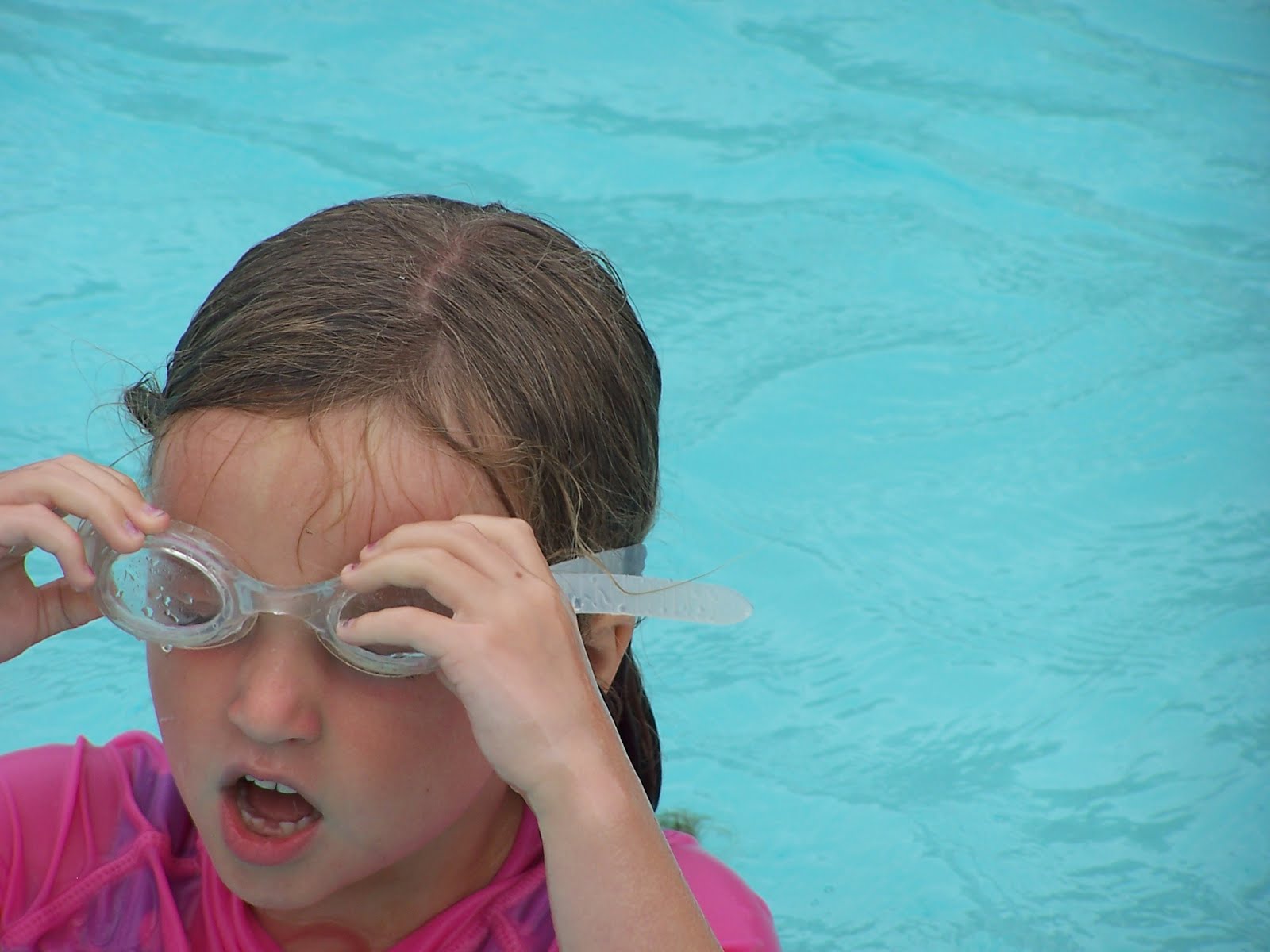Merry Christmas!
The South Carolina McParland’s may be a bit tardy with our Christmas greetings again this year, but we do have a good excuse. Really we do, and we’ll get to that in just a moment …..
Before we brag about all the good things that happened in our lives this year, we must apologize for the lack of a Christmas letter/post last year. My mom quietly passed away on Nov. 16, 2012 surrounded by her husband, their seven children, and several grandchildren. Jackie Xaver’s death was closely followed by the tragedy at Sandy Hook and the West Webster Fire Department ambush on Christmas Eve. Afterward it was impossible to work up any “holiday cheer”; the day after Christmas, the tree came down, and there was no letter.
2013 however, did turn out to be a very good year! We enjoyed visits from many guests throughout the year and made frequent trips ourselves to Boulder, Colorado and Lexington, KY. I threw myself into work at The Blumenthal Arts Center and enjoyed the symphony, opera, the North Carolina Dance Company, Broadway Theater and many diverse forms of entertainment that I might never have enjoyed otherwise. I saw the Lion King 22 times; it was a thrill each time, and I never grew tired of it! Charles continues his teaching at Charlotte Catholic H.S. There are many students who impress him with their effort and their maturity; and then there are the others...
Early in January I traveled to Rochester, NY to celebrate the life of Charles’ Aunt Mary Jean. She was one of those women who always impressed us with her hard work and her devotion to her family. She was a kind and gentle heart. While I was in New York, I took the opportunity to see many good EMS friends and, as it was January, was reminded why we had moved to South Carolina!
We have always thought of the February to April time frame as “Birthday Season” with more than 2 dozen birthdays to celebrate in our extended family. This past year, February brought us a new date to celebrate with the formal adoption of our daughter Jess. All of the daughters were there along with Jess’ husband, Shane. It might seem a little anti-climactic, since Jess had been part of the family for so long and was now married. But it was an affirmation of our lifelong commitment to one another as “family”, as well as serving some very practical concerns.
May was a very busy month starting with the 40th reunion weekend at the University of Notre Dame. We always have such a good time reconnecting with our ND friends. We took the opportunity to renew our marriage vows in the Basilica. We followed the reunion with our son-in-law Shane’s graduation from The University of Kentucky Law School and our nephew Jeremy’s graduation from Mid-Carolina University. Both were wonderful events. Our celebration with Shane’s parents and grandparents included a day together at Keeneland watching the horse races. At Jeremy’s graduation we met Ben’s fiancee Kate, who is delightful - they plan on getting married in June this coming year.
We finished off the month at the Spoleto festival in Charleston, a 17-day long festival offering opera, music of all sorts, theatre, dance, art exhibits and special events. Of course the food in Charleston is legendary, and you can bet we’ll make it a yearly event!
In June I met my 4 daughters in Colorado where they competed together in the Boulder Triathlon. We started our weekend with a henna party and finished with some terrific Mexican food at a favorite restaurant. The daughters all finished with a new individual best. 
Also in June, my dad and siblings gathered in Greenville for Mom’s memorial Mass and a family picnic to celebrate her life. We are often reminded that Mom continues to be a large presence in our lives.
Katie and her kids spent 3 weeks with us in July. 

Each day included a trip to the pool for swim lessons and adventures collecting bones and bugs and treasures in the woods. McKenzie became quite a fish. She loves diving for rings or coins.
Ella prefers to paddle about on “noodles” creatively telling stories to grandpa about the lane numbers. “Ones are very slow, but two’s are very fast and harder to catch.” Jacob is happy just to splash about in the kiddie pool with his pool toys. 
The highlight of the year was our 40th Anniversary cruise. We flew to Rome and spent two days taking in the sights there, including the Trevi Fountain, the Coliseum, and The Vatican. After travelling by coach to the port at Civitavecchia, we boarded the Ruby Princess and cruised to Naples, several Greek Islands, Kusadasi (Turkey), Dubrovnik (Croatia) and finished in Venice. We kept a blog along with photos at http://kathymcp.blogspot.com/ if you’d enjoy the details.
This fall Charles managed two Notre Dame football games! Nathan enjoyed Notre Dame’s victory over Temple for his first ND game. His grandfather made sure that he had the grand tour of the campus with lots of encouragement to study hard so that he could go to ND some day. Erin met Charles for the Oklahoma game. It was a painful game for Old Notre Dame, but a wonderful time.
We enjoyed a lot of time with our seven grandchildren this year. Meg and Jay now live five minutes away right here in Tega Cay. Nathan and Morgan love sleepovers, but they also enjoy showing off their newest tricks. We’ve watched Nate splitting boards and doing his Tae Kwon Do moves. We’ve watched Morgan’s soccer games. Grandma and Grandpa are always up for Cub Scout events, building Legos, or a cruise around Lake Wylie. 
Erin and Jake had the opportunity this fall to visit St. Maarten with their friends and left Xander and Maya with us for a few days in Tega Cay. Grandpa dressed up as Gru for Halloween, and his two little yellow minions from Despicable Me joined Meg’s boys for a night of trick or treat fun.
The minions even visited Grandpa’s classroom with Grandma, but instead of finding kids to play with they found scary big teenagers. Fortunately Grandpa had a bag of candy to ease the disappointment a little bit.
Earlier I mentioned how much I’ve enjoyed my job at the Blumenthal Arts Center. You know that theatrical saying, "Break a leg"? Well, a curse of easily broken feet and ankles has been part of my family history for at least 4 generations. The week before Christmas, during the performance of Handel’s Messiah, after the Hallelujah chorus, I fell and knew immediately that I was the newest victim of the curse. It’s a classic Trimalleolar fracture that was surgically set this past week (I can expect “the TSA pat-down from now on). So the year ends with an unexpected vacation of sorts and an opportunity to catch up on some reading! All in all, we have been enormously blessed with opportunity, adventure, and good health this past year, and we are enormously grateful for family and friends!
Merry Christmas and a Blessed New Year to all of you.